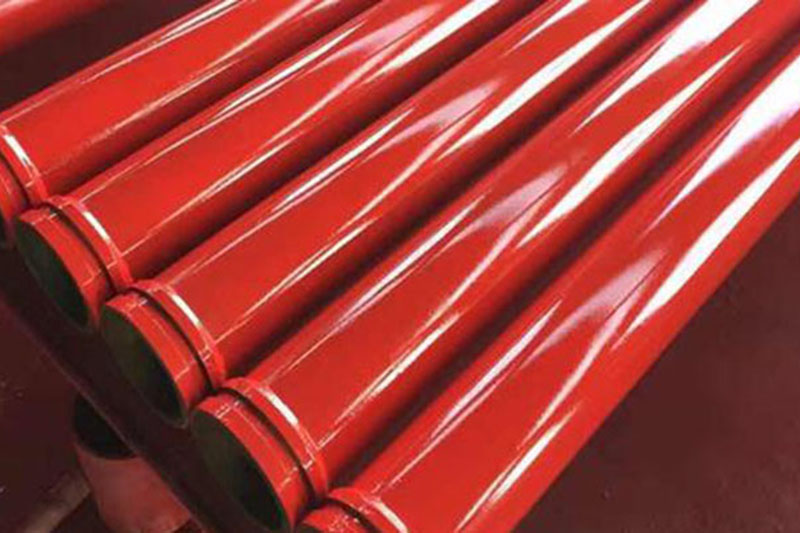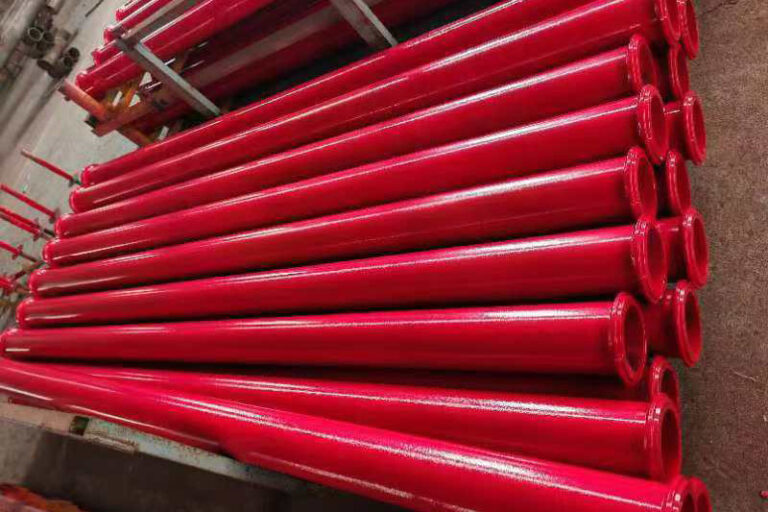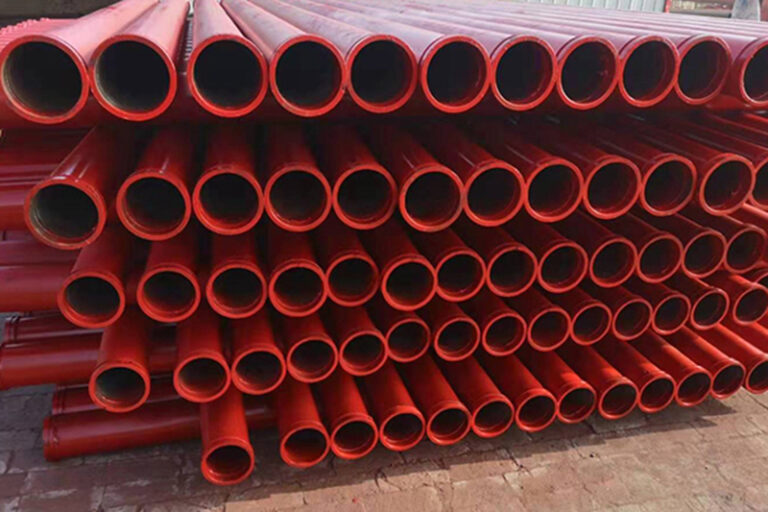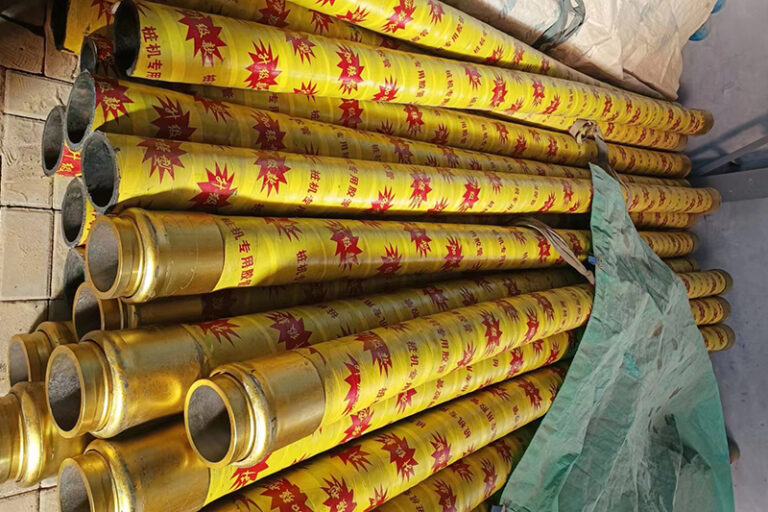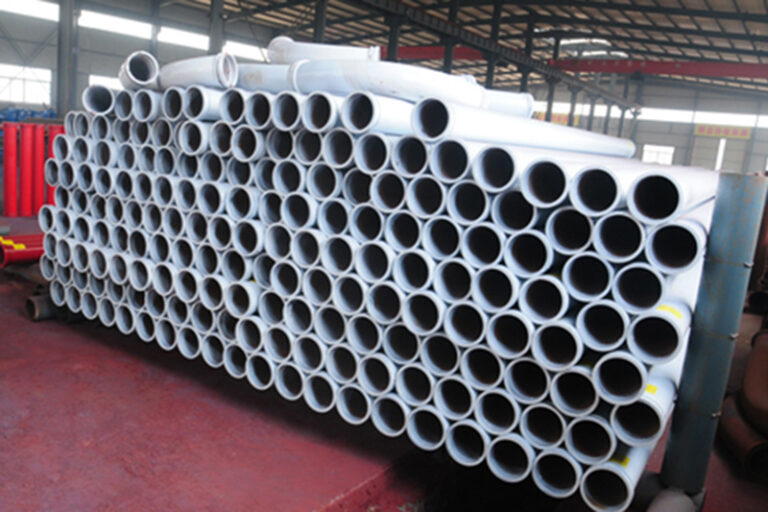7 types of concrete pump pipes you should know
In concrete pumping construction, choosing the right type of concrete pump pipe is crucial, which directly affects the construction efficiency, pumping distance and concrete quality. As a concrete pump pipe fittings supplier, we introduce you 7 common concrete pump pipe types to help you better choose the right fittings.
Straight pipe (standard pump pipe)
Straight pipe is the most common concrete pump pipe, which is usually used to convey concrete horizontally or vertically. Its length is usually 1m, 2m, 3m, etc., which can be combined according to the construction demand. Straight pipe has good abrasion resistance and is suitable for regular pumping operation.

Bend pipe (elbow)
Bend pipe is used to change the direction of concrete pumping, and the common angles are 90°, 45°, 30° and 15°. Elbows are subject to greater wear and tear during the pumping process, so they are usually designed with thickened or wear-resistant materials to extend their service life.
Tapered pipes (reducers)
Tapered pipes are used to connect different diameters of pumping pipes, e.g. from 125mm to 150mm. they regulate the pumping pressure, reduce the risk of plugging and are suitable for interfacing between different pumping equipment.
Wear-resistant pumping tubes
Wear-resistant pumping pipe is made of high-strength alloy steel or lined with wear-resistant materials (e.g. ceramic, polyurethane), which is suitable for high-strength, long-distance pumping, such as high-rise buildings or large infrastructure projects. Its service life is 3-5 times longer than ordinary pumping pipe.
High-pressure pumping pipe
High-pressure pumping pipe is specially designed for high-pressure pumping, with thicker wall and stronger pressure-bearing capacity, which is suitable for ultra-high-rise buildings or long-distance pumping (e.g., tunnels and bridge projects).
Fabric rod pipe (boom pipe)
The fabric rod pipe is installed on the boom of the concrete pump truck, which has good flexibility and wear resistance, and can flexibly adjust the pouring position. Its length and bending angle should be matched with the boom of the pump truck.
End hose (rubber hose)
The end hose is usually installed at the end of the pump pipe for precise pouring of concrete. It has good flexibility, which is convenient for workers to adjust the pouring position and reduce concrete splashing.
How to choose the right concrete pump hose?
According to the pumping distance: long distance or high level pumping need to choose high pressure or wear-resistant pumping pipe.
According to the construction environment: more bends need to increase the wear-resistant elbow.
According to the concrete characteristics: high grade concrete or concrete with more aggregate is recommended to use wear-resistant pipe.
